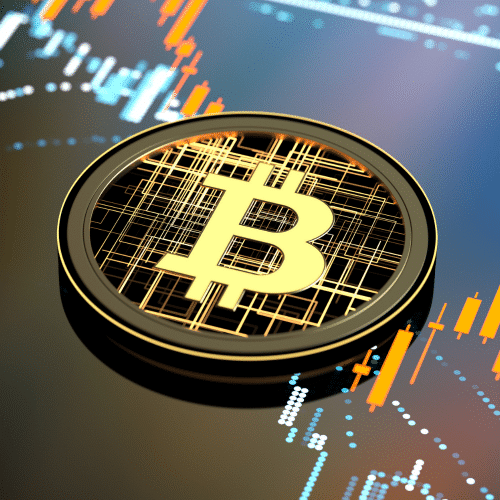


An ICO, or initial coin offering (or sometimes an ITO or an initial token offering) is a relatively new – and recently much talked about – fundraising method. ICOs involve pre-selling a portion of a newly issued cryptographic currency. Investors receive cryptographic “coins” or “tokens” in exchange for other established types of cryptocurrency, such as Bitcoin or Ether, or for real dollars.
ICOs are sold on the basis that their proceeds will be used by the coin-issuer to fund the development of a project, usually described to investors in a “whitepaper”. The range of activities that ICOs have been used to fund is wide. Bitcoin is probably the most well-known cryptocurrency and functions more or less as a pure store of value – a replacement to traditional government-backed currency. Newer ICOs, however, have been used to fund much more diverse projects, ranging from the functional (see Filecoin’s decentralized file storage) to the charitable (see Tetzelcoin’s platform that allows investors to confess their sins by donation, with proceeds going to fund medical debt forgiveness) to the absurd (see Dogecoin, which was originally developed as a joke based around an internet meme but spawned an online following, sponsored the Jamaican bobsled team and now has a capitalization of over US$300 million). Coins received by ICO investors often entitle their owners to certain benefits, such as access to the underlying project once developed. Other coins were developed as more pure economic instruments and promise to return a portion of the project’s future profit stream to coin-holders.
ICOs have seen explosive growth as a fundraising outlet in recent years. According to coinschedule.com, through mid-October, over US$3.4 billion has been raised through ICOs in 2017, as compared to US$96 million raised in all of 2016. This growth has been spurred in part because more start-ups are recognizing ICOs as method of raising significant capital without some of the cost and compliance requirements that accessing more typical capital markets entail. But this growth has also been fueled by increased investor awareness of and appetite for coins. This demand can be seen both in ICOs and also in the robust secondary market that has developed for coin trading through online exchanges which allow participants to trade coins for traditional currencies (or vice versa) or even exchange coins for other coins. Some coins have seen their trading value soar in these secondary markets. For example, blockchain platform Etherum sold its coin, Ether, at around US$0.40 in its 2014 ICO; Ether now trades at over US$300.
As noted above, one of the biggest advantages that ICOs have had over traditional fundraising avenues is that they could be completed with lower cost and minimal regulatory compliance burden. ICOs have had basically worldwide access to any interested investor with an internet connection. In contrast, traditional securities financings typically require that issuers prepare detailed disclosure documents that are vetted by regulators before they can sell to retail investors. This potential ability to access the “mom and pop” investor without supervision, as well as some well-publicized cases of fraud in the token markets and concern that bubble-like conditions may be forming, have understandably brought ICOs and secondary coin trading into the crosshairs of regulators. The SEC and Canadian CSA have both issued recent commentary suggesting that at least some ICO activity falls within the reach of traditional securities laws (think for example of coins sold on the basis that profits of the underlying project will be returned to coin-holders – this sounds an awful lot like a typical securities investment). Regulation in the area, however, is still nascent with few jurisdictions offering much definitive framework as of yet, as authorities try to understand the potential implications of this new technology.
For lawyers and other players involved in the securities and fintech space, this is one of the most exciting new areas of law and regulation. There will undoubtedly be both new innovations and applications for coins and also corresponding efforts by regulators to provide oversight. Stay tuned for further posts on this blog on this topic as future developments occur.



